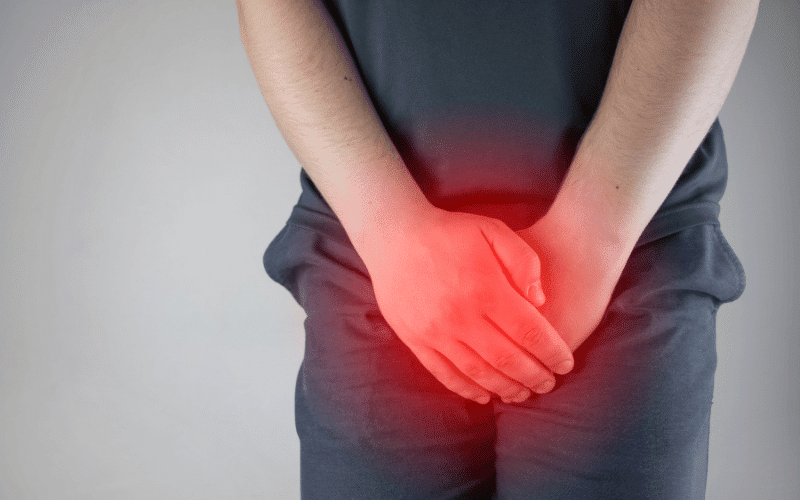2. Genital Ulcers: The Delicate Balance of Pain and Privacy

Another prominent symptom of Behcet’s Disease is genital ulcers. Much like their oral counterparts, these ulcers manifest as painful sores but in the genital area. The ulcers can affect both men and women, appearing on the scrotum in men and the vulva in women, marking a significant escalation in the disease’s symptomatology.
The development of genital ulcers adds an extra layer of complication to the disease. Given their sensitive location, they can cause substantial discomfort and distress. They might make sitting, walking, or even wearing certain types of clothing uncomfortable, profoundly affecting patients’ daily lives.
However, unlike oral ulcers, these genital sores have a distinct characteristic – they leave scars. After enduring the pain and discomfort, patients are left with a reminder of the ulcers, a unique facet of BD. These scars, while generally not harmful, can add to the emotional burden carried by BD patients.
Genital ulcers typically resolve within two to four weeks, but like oral ulcers, their tendency to reappear is high. This recurrent cycle can cause considerable anxiety among patients, contributing to the overall psychological impact of Behcet’s Disease.
Notably, the ulcers’ private location often leads to delayed reporting and diagnosis. Patients might feel embarrassment or fear of social stigma, making it crucial to foster an environment where these concerns can be freely discussed. The recognition and timely management of these ulcers can play a key role in reducing the overall burden of Behcet’s Disease. (2)